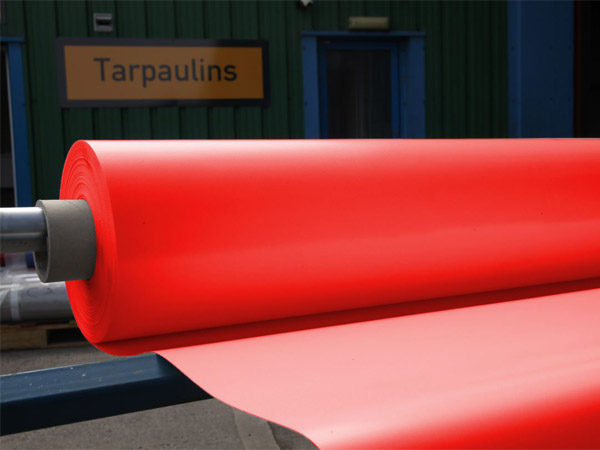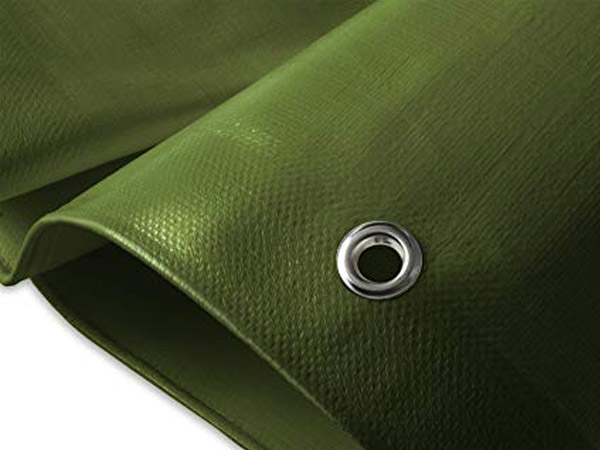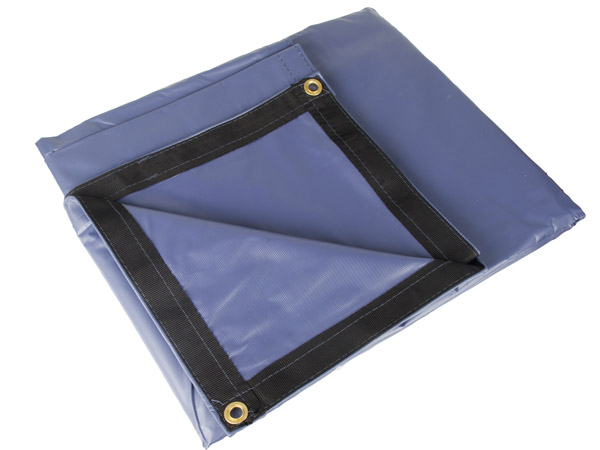In the state of water vapor, the water particles are very small. According to the principle of capillary motion, it can smoothly penetrate into the capillary to the other side, so that the phenomenon of vapor permeability occurs. When the water vapor condenses into water droplets on PVC coated polyester tarpaulin, the particles become larger. Due to the surface tension of the water droplets, the water molecules cannot smoothly escape from the water droplets and penetrate to the other side, that is, to prevent the penetration of water and make the vapor-permeable membrane waterproof functions.

A drop of liquid drips on a solid PVC tarpaulin outdoor surface. Assuming this surface is ideally flat, the gravity of the droplet is concentrated at one point, and the amount of the field is ignored. As a result of the interaction of the surface tension (Ys) of the fibers in the fabric, the surface tension (YL) of the liquid, and also the interfacial tension (YLS), the droplets can form a variety of shapes (from cylindrical to fully flattened) ). In addition to being completely flattened at night, when the droplets are in equilibrium on the solid surface, point A receives the effect of scattered gravity.

The angle 0 is called the contact angle. When 0 = 00, the droplet is on the solid heavy duty tarp surface. This is the limit state where the solid surface is wetted by the field. When 0 = 1800, the droplet is cylindrical. This is a kind of Ideal non-wetting behavior. In water repellent finishing, the surface tension of a droplet can be regarded as a constant. Therefore, can the field wet the solid surface and go with the solid surface in the bank of the late relay tension of the lotus leaf. According to the requirements, the larger the contact angle 0 is, the more favorable the rolling loss of the water droplets, that is, the smaller the better.
